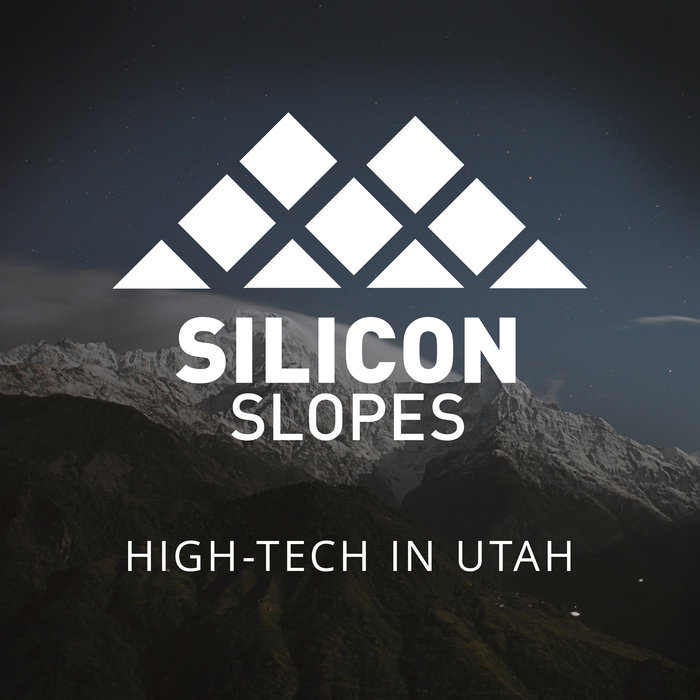Utah has long been known on the national stage for snowy ski slopes, and the designation of “Silicon Slopes” for the emerging high-tech hub stretching from Ogden to Provo has been around for some time. But the area’s reputation for the latter is rapidly gaining ground nationwide.
According to a recent article published by CNBC, the U.S. Chamber of Commerce recently ranked Utah No.1 in innovation and entrepreneurship, No. 2 in high-tech performance and No. 3 in economic performance in a study of all 50 states.
They are rankings a long time in the making. Utah’s history in the tech industry goes back to the 1970s, when Novell and WordPerfect got their starts in Utah. The trend continued in the 1990s with the founding of Ancestry.com, Omniture and APX Alarm Systems, today known as Vivint Smart Home.
Drawn by low taxes, cheap real estate and easy access to a large pool of engineering and tech talent from the University of Utah, Utah State and BYU, established companies have also taken up residence in Utah. Adobe opened a 680,000-square-foot office campus in Lehi four years ago. Three years ago, eBay opened a 241,000-square-foot facility in Draper and hired 1,800 local employees. In total, CNBC reports, tech start-ups and established software companies in Utah are worth at least $1 billion on paper.
The state has been working hard to keep the tech momentum going. Gov. Gary Herbert has supported a tech-friendly agenda and last year, legislation passed that allocated nearly $20 million to the Utah Science Technology and Research governing authority to support research at Utah State and the UofU.
The Utah Technology Council (UTC) is also working to “grow and protect businesses by creating valuable connections with members and others,” according to the council’s website. UTC boasts more than 5,000 high-tech, clean tech and life science companies as members, representing 10 percent of the state’s total payroll.
Some of the UTC’s landmark accomplishments over the past 10 years include:
• Pushing an engineering initiative instrumental in increasing the number and quality of computer science and engineering graduates from Utah’s universities.
• Championing the passage of the Utah Fund of Funds-Fund I, which changed the state’s early stage capital structure and attracted more than 200 venture capital and private equity firms for a total to-date investment of $121 million.
• In close collaboration with the Salt Lake Chamber and EDCUtah, playing a key role in the creation and funding of the $400 million Utah Science Technology and Research Initiative (USTAR), which now serves as the state’s “innovation framework,” attracting top researchers and federal funding to Utah’s leading research institutions with the goal of creating new companies and high-paying, high-skilled jobs.
• Strongly advocating a change in the science, technology, engineering and math (STEM) high school graduation requirements to enhance the rigor of Utah high school students by requiring an additional year of math, science and language arts.
• Lobbying with Westminster College to get the the State Board of Education to agreed that high school students can count a rigorous computer science class as one of three science credits required for high school graduation.
• Advocating for the passage of SB 59, a bill that gives every school one letter grade for students’ quality of STEM education and overall preparedness with the goal of better preparing the state’s 625,000 underserved students to successfully compete for high-demand jobs in the global economy.
• Securing multiple rounds of funding for the STEM Action Center, with the primary goal of supporting digital professional development for teachers and providing effective STEM education through digital learning tools to public K-12 classrooms statewide.
These efforts don’t just help Utah’s tech sector grow, they help the state’s entire economy grow. According to an article published by AdWeek last month, the U.S. Chamber of Commerce Foundation ranked Utah as the best-performing state in terms of economic growth for two years in a row. Forbes included Salt Lake and Ogden on its list of the fastest-growing U.S. cities, at numbers 5 and 6, respectively. The state added more than 46,000 jobs in 2015 on top of an unemployment rate around 3 percent, which is half the national average.
Thanks to the rising tech tide, $800 million in venture capital came into the state between 2013-2014 from high-profile investors such as Peter Thiel, making Utah the leader for venture capital infusion in the Rocky Mountain West, beating out Colorado, Arizona and Idaho combined. And the trend continues. Suburban communities in particular, like Draper where eBay opened its new facility several years ago, have blossomed and grown, filled with new business and new construction.
The only question, according to an article published last year in The New Yorker, is whether the success Utah has already experienced can continue to be replicated. Certainly, the piece argues, Utah’s success offers plenty of lessons worth learning from expanding publically and privately funded research and development; improving the pipeline of STEM workers as the UTC has advocated; and creating attractive local “ecosystems” with public transportation, access to recreation and a family-friendly environment that improves quality of life.
As a report on the technology sector recently released by The Brookings Institution put it: “The speed and complexity of innovation and its global champions are ratcheting up the urgency of the enterprise and demanding new strategies for engaging in it. Both the private and public sectors must radically rethink their technology development strategies accordingly if they are to remain relevant.”
This is the (tech) place: Utah's high-tech industries are bringing attention to the state and building on its reputation as a great place for innovation
- Details








